Home>Articles>Who To Call When You Find An Animal In The Attic


Articles
Who To Call When You Find An Animal In The Attic
Modified: October 18, 2024
Need help with animals in your attic? Read our informative articles to learn who to call for expert assistance and get rid of the problem once and for all.
(Many of the links in this article redirect to a specific reviewed product. Your purchase of these products through affiliate links helps to generate commission for Storables.com, at no extra cost. Learn more)
Introduction
Welcome to this comprehensive guide on dealing with animals in the attic. Discovering that you have unwanted furry guests residing in your attic can be quite unsettling. Not only can their presence create noise and disturbance, but it can also pose potential risks and cause significant damage to your property. It is crucial to take prompt action to address this issue effectively.
In this article, we will explore the signs that indicate the presence of animals in your attic, the risks and damage they can cause, the reasons why they choose your attic as their home, and most importantly, who to call to safely and efficiently remove them. We will also discuss the criteria for selecting a professional wildlife control service, as well as some DIY methods you can try if you prefer to handle the situation on your own. Lastly, we will cover prevention and exclusion techniques to help you avoid future infestations.
Whether you are dealing with pesky squirrels, raccoons, bats, or any other creatures invading your attic, this guide will provide you with the knowledge and resources you need to tackle the problem head-on. So, let’s dive in and learn how to regain control of your attic!
Key Takeaways:
- Don’t DIY Animal Removal: Call Professionals
When dealing with animals in the attic, prioritize safety and efficiency by calling professional wildlife control services. DIY methods may not be as effective or safe. - Prevention is Key: Keep Your Attic Critter-Free
After removing animals from your attic, implement prevention and exclusion techniques to avoid future infestations. Regular maintenance and proactive measures are crucial for maintaining a critter-free home.
Read more: Who To Call When Animal Got Stuck In Chimney
Signs of Animals in the Attic
Identifying the presence of animals in your attic is the first step in addressing the issue. Here are some common signs that indicate you have unwanted guests:
- Noise: You may hear scratching, scampering, or squeaking sounds coming from the attic, especially at night. This is a clear indication that there are animals present.
- Droppings: Animal droppings, such as small pellets or piles, can be found in the attic. These droppings can help identify the type of animal and the extent of the infestation.
- Damage: Animals in the attic often gnaw on various materials, including wood, wires, insulation, and pipes. Look for chewed or scratched surfaces, torn insulation, or exposed wires.
- Footprints or Tracks: If you suspect animal activity, check for footprints or tracks on dusty surfaces in the attic. These can give you clues about the type of animal that has been visiting.
- Nesting Materials: Animals in the attic may bring in nesting materials, such as twigs, leaves, or shredded insulation, to create a comfortable den.
- Odors: Unpleasant smells, such as urine or feces, may be present in the attic. These odors can linger and intensify over time.
- Entry Points: Look for any openings or gaps in the attic that could serve as entry points for animals. Chewed or damaged vents, loose shingles, or gaps in the eaves are common signs of entry.
- Sightings: If you catch a glimpse of an animal entering or leaving your attic, it is a sure sign that you have an infestation.
If you notice any of these signs, it is crucial to take action promptly to prevent further damage and address the animal infestation in a timely manner.
Potential Risks and Damage
Having animals in the attic poses several risks and can lead to significant damage. It is important to address the issue promptly to mitigate these risks and minimize potential harm to both your property and your health. Here are some of the risks and damage associated with animals in the attic:
- Structural Damage: Animals such as squirrels, raccoons, and bats can cause structural damage to your attic. They may chew on electrical wires, insulation, and wooden beams, compromising the integrity of your home’s structure.
- Fire Hazard: Gnawed electrical wires by rodents can create a fire hazard, potentially leading to a devastating house fire.
- Health Risks: Animals in the attic can carry diseases and parasites that can be transmitted to humans. Their droppings and urine can contaminate the air and cause respiratory issues.
- Noise and Disturbance: The constant noise and disturbance caused by animals in the attic can disrupt your sleep and everyday activities, leading to increased stress and frustration.
- Pest Infestations: Having animals in the attic can attract other pests such as fleas, ticks, and mites, which can spread throughout your home and affect the well-being of your family and pets.
- Property Damage: Animals may tear up insulation, use it for nesting, and damage belongings stored in the attic. They may also contaminate these spaces with their droppings and urine.
It is essential to address these risks and minimize the damage caused by animals in the attic. By promptly removing the animals and repairing any damage, you can protect your property and ensure the safety and well-being of your household.
Reasons for Animals in the Attic
Animals seek shelter in attics for various reasons, and understanding these motivations can help you address the issue effectively. Here are some common reasons why animals choose your attic as their nesting place:
- Warmth and Protection: Attics provide a warm and secure environment, especially during colder months. Animals are naturally drawn to the cozy and insulated space.
- Food and Water: Some animals, such as rodents, are attracted to the food and water sources available in and around your home. Attics may provide easy access to these resources.
- Breeding and Nesting: Attics offer secluded areas for animals to breed and raise their young. The enclosed space provides protection from predators and the elements.
- Easy Access: Animals can find their way into the attic through openings in the roof, walls, or vents. These entry points could be the result of wear and tear, gaps, or inadequate sealing.
- Seeking Safety: Some animals, such as bats, seek out attics as safe roosting spots away from potential threats. Attics provide a protected habitat where they can rest undisturbed.
- Seasonal Migration: Certain animals, like birds, may use your attic as a temporary nesting site during their migratory journey. They are attracted to the shelter and relative safety it provides.
It is important to identify the specific reasons why animals are choosing your attic, as this can help you implement appropriate measures to discourage them from returning in the future. By addressing the root causes and making your attic less inviting to these creatures, you can minimize the likelihood of future infestations.
Who to Call for Animal Removal
When it comes to removing animals from your attic, it is highly recommended to seek professional help. Wildlife removal specialists are trained and experienced in safely and humanely handling animal infestations. Here are some key professionals to consider when choosing who to call for animal removal:
- Wildlife Control Services: These companies specialize in removing and relocating animals from residential and commercial properties. They employ techniques that comply with local laws and regulations to ensure both the safety of the animals and the property owners.
- Exterminators: While exterminators typically deal with insect infestations, they may also offer animal removal services. However, it is important to verify their expertise and experience in handling wildlife infestations before hiring them.
- Animal Control Agencies: Local animal control agencies or departments may provide assistance in capturing and removing unwanted animals from your property. Contact your local government office or animal control agency to inquire about their services.
- Licensed Wildlife Rehabilitators: In some cases, if the animal in your attic is injured or orphaned, you may need to contact a licensed wildlife rehabilitator. These professionals specialize in rescuing and rehabilitating injured or orphaned wildlife.
When choosing a professional for animal removal, consider the following factors:
- Experience and expertise in handling the specific type of animal infestation you are dealing with.
- Proper licensing and certifications to ensure compliance with local regulations.
- Humane removal methods that prioritize the well-being of the animals.
- Positive reviews and recommendations from previous customers.
- Clear communication about the removal process, timeline, and costs involved.
By entrusting the removal process to a qualified professional, you can ensure the safe and efficient removal of animals from your attic, minimizing the risks and stress associated with handling the situation on your own.
Call a professional wildlife removal service to safely and humanely remove the animal from your attic. Attempting to remove it yourself can be dangerous and may harm the animal.
Read more: Who To Call When Ceiling Is Leaking
Choosing a Professional Wildlife Control Service
When it comes to selecting a professional wildlife control service to handle the removal of animals from your attic, it is important to consider several factors. Choosing the right service will ensure a safe and effective removal process. Here are some key considerations to keep in mind:
- Experience and Expertise: Look for a wildlife control service with extensive experience in handling animal infestations. They should have expertise in dealing with the specific type of animals that have invaded your attic, whether it’s bats, raccoons, squirrels, or any other wildlife.
- Licensing and Certifications: Ensure that the wildlife control service is properly licensed and has the necessary certifications. This ensures that they adhere to local laws and regulations regarding animal removal and handling.
- Humane Methods: Choose a service provider that uses humane methods for capturing and removing animals. Humane techniques prioritize the well-being of the animals and minimize stress and harm.
- Evaluation and Inspection: A reliable wildlife control service will conduct a thorough evaluation and inspection of your attic to assess the extent of the infestation and identify potential entry points. This will help in developing an effective removal and exclusion plan.
- Clear Communication and Transparency: The chosen service should have clear communication about their removal process, costs, timeline, and any follow-up services that may be required. They should also provide detailed explanations and answer any questions or concerns you may have.
- Customer Reviews and Recommendations: Check online reviews and ask for recommendations from friends, family, or neighbors who have previously used their services. This will give you insights into the service provider’s professionalism and customer satisfaction.
- Guarantee and Follow-up Services: Inquire about any guarantees or warranties offered by the wildlife control service. They should also provide follow-up services to ensure that the animal infestation is fully resolved and measures are in place to prevent future occurrences.
By considering these factors and conducting thorough research, you can choose a professional wildlife control service that is reputable, knowledgeable, and equipped to address your specific animal infestation needs. This will ensure a successful removal process and provide you with peace of mind knowing that your attic is free from unwanted guests.
DIY Methods for Animal Removal
If you prefer to tackle the issue of animals in your attic on your own, there are some DIY methods you can try. However, it is important to note that DIY methods may not be as effective or safe as professional wildlife control services. Here are a few DIY methods for animal removal:
- Identify Entry Points: Inspect your attic and identify any openings or gaps where animals may be entering. Seal these entry points using materials such as metal mesh, caulk, or hardware cloth to prevent further access.
- Install One-Way Exclusion Devices: For animals that exit their nests regularly, such as squirrels or bats, you can install one-way exclusion devices at their entry points. These devices allow the animals to leave but prevent them from re-entering.
- Use Bright Lights and Loud Noises: Animals are often deterred by bright lights and loud noises. Place bright lights or play loud music or talk radio in the attic to create an uncomfortable environment that may encourage them to leave.
- Utilize Repellents: Some natural repellents, such as ammonia-soaked rags, predator urine, or peppermint oil, can help deter animals from staying in your attic. However, keep in mind that repellents may not be as effective for persistent animals.
- Trim Trees and Vegetation: Trim tree branches and vegetation that provide easy access to your attic. By eliminating these routes, you make it more difficult for animals to reach your attic.
- Be Patient and Observant: Monitor your attic to observe the animals’ behavior patterns. This can help you identify their entry and exit points and inform your removal strategy.
- Consult Local Guidelines: Check with your local wildlife authority to ensure that your chosen methods comply with any regulations or guidelines for DIY animal removal in your area.
While these DIY methods may help in some situations, it is essential to approach animal removal with caution. Keep in mind that some wildlife, such as bats or raccoons, can be aggressive or carry diseases. If the infestation persists or presents a significant risk, it is best to contact a professional wildlife control service for assistance.
Prevention and Exclusion Techniques
Once you have successfully removed the animals from your attic, it is crucial to take preventive measures to ensure that they do not return. Here are some effective prevention and exclusion techniques to keep your attic critter-free:
- Inspect and Seal Entry Points: Conduct a thorough inspection of your attic and identify any openings or gaps that animals can use as entry points. Seal these openings using materials such as metal mesh, caulk, or hardware cloth to prevent re-entry.
- Trim Vegetation and Trees: Trim trees and vegetation that are close to your home and provide easy access to the attic. Keep branches at least 6-8 feet away from your house to minimize the risk of animals jumping onto the roof.
- Secure Ventilation Openings: Install mesh screens or covers on your attic vents, chimney, and other ventilation openings. Ensure they are secure and free from any damage that can allow animals to sneak in.
- Fortify Roof and Siding: Repair any damaged roof shingles, fascia boards, or siding to prevent animals from finding weak spots to enter your attic.
- Keep a Clean Yard: Regularly clean up fallen fruits, nuts, and bird feed from your yard as they can attract animals. Secure trash cans with tight-fitting lids to prevent easy access to food sources.
- Store Firewood Properly: Keep firewood stored away from your home and elevated from the ground. This reduces the chances of animals nesting or hiding within the woodpile.
- Install Motion-Activated Lights and Alarms: Install motion-activated lights around your property and use ultrasonic animal deterrent devices or alarms to discourage animals from approaching your home.
- Maintain Attic Insulation: Ensure that your attic insulation is intact and free from damage. Repair any insulation that has been chewed or torn by animals to prevent easy access and nesting.
- Regular Maintenance: Perform regular inspections of your attic, roof, and outer walls to identify and address any potential entry points or signs of animal activity as early as possible.
By implementing these prevention and exclusion techniques, you can significantly reduce the risk of animals returning to your attic. Remember, prevention is key to maintaining a critter-free home and protecting your property from potential damage and health risks.
Conclusion
Dealing with animals in the attic can be a challenging and frustrating problem, but with the right knowledge and resources, you can effectively address the issue. In this comprehensive guide, we have explored the signs of animals in the attic, the potential risks and damage they can cause, the reasons why they choose your attic as their nesting place, and the importance of calling professionals for animal removal.
We have also discussed the factors to consider when choosing a professional wildlife control service, as well as DIY methods you can attempt if you prefer to handle the situation on your own. Additionally, we provided prevention and exclusion techniques to help you avoid future infestations and maintain a critter-free attic.
Remember, when dealing with animals in the attic, it is crucial to prioritize the safety and well-being of both yourself and the animals. If you are unsure or uncomfortable handling the situation on your own, it is always best to seek the assistance of professionals who have the expertise and experience to safely and effectively remove the animals from your attic.
By taking prompt action, implementing preventive measures, and staying vigilant with regular inspections, you can ensure that your attic remains a quiet and secure space, free from unwanted animal intruders. Protect your property, maintain a healthy living environment, and enjoy peace of mind knowing that your attic is under control.
Frequently Asked Questions about Who To Call When You Find An Animal In The Attic
Was this page helpful?
At Storables.com, we guarantee accurate and reliable information. Our content, validated by Expert Board Contributors, is crafted following stringent Editorial Policies. We're committed to providing you with well-researched, expert-backed insights for all your informational needs.
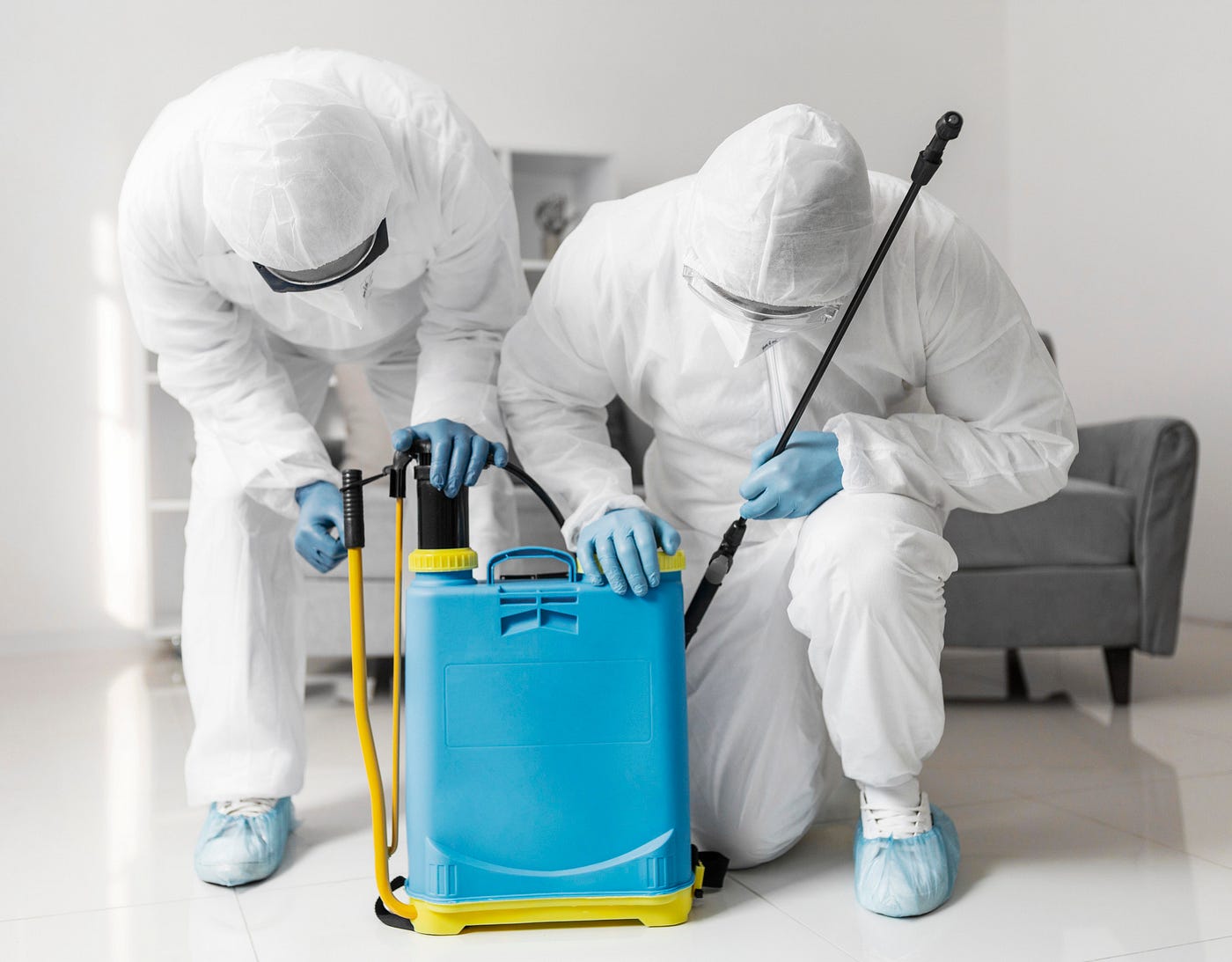

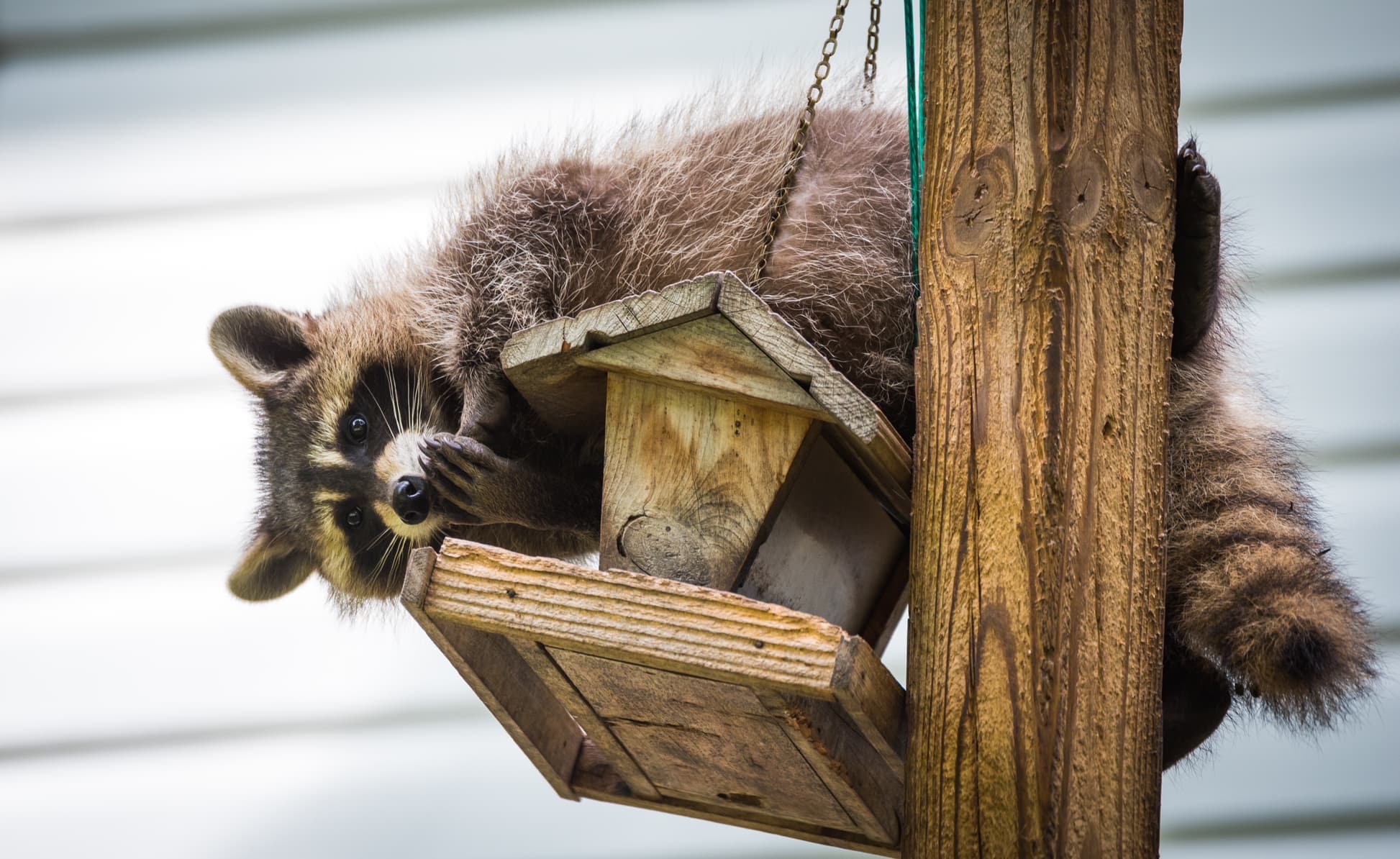
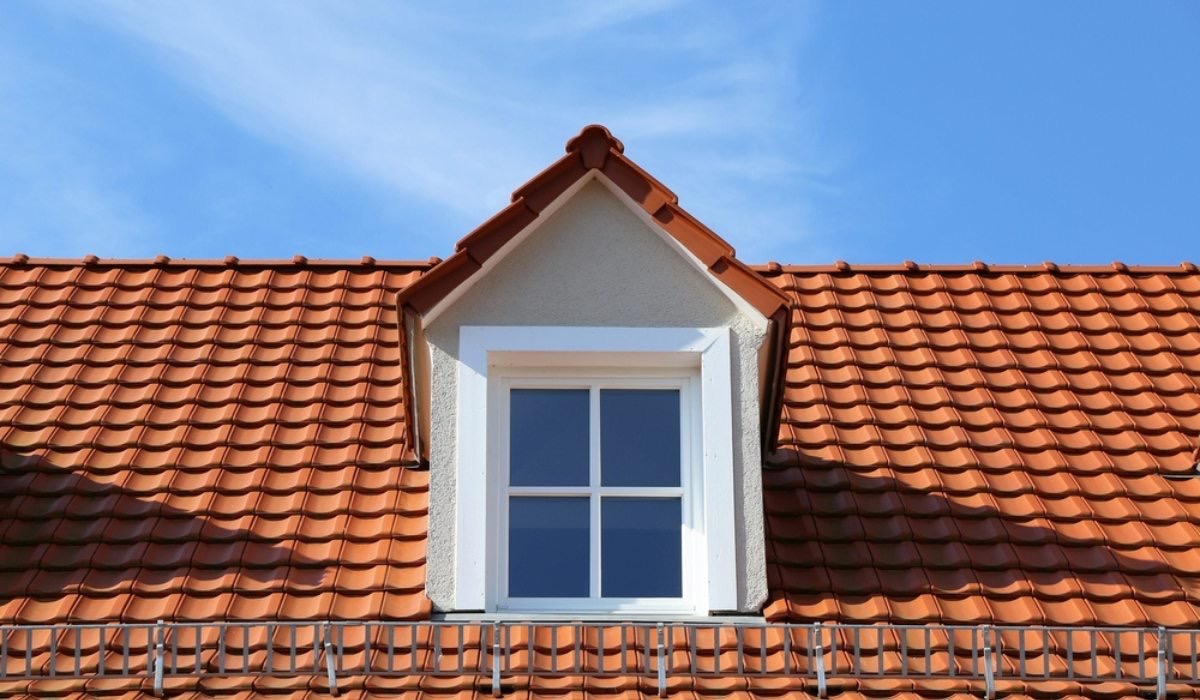
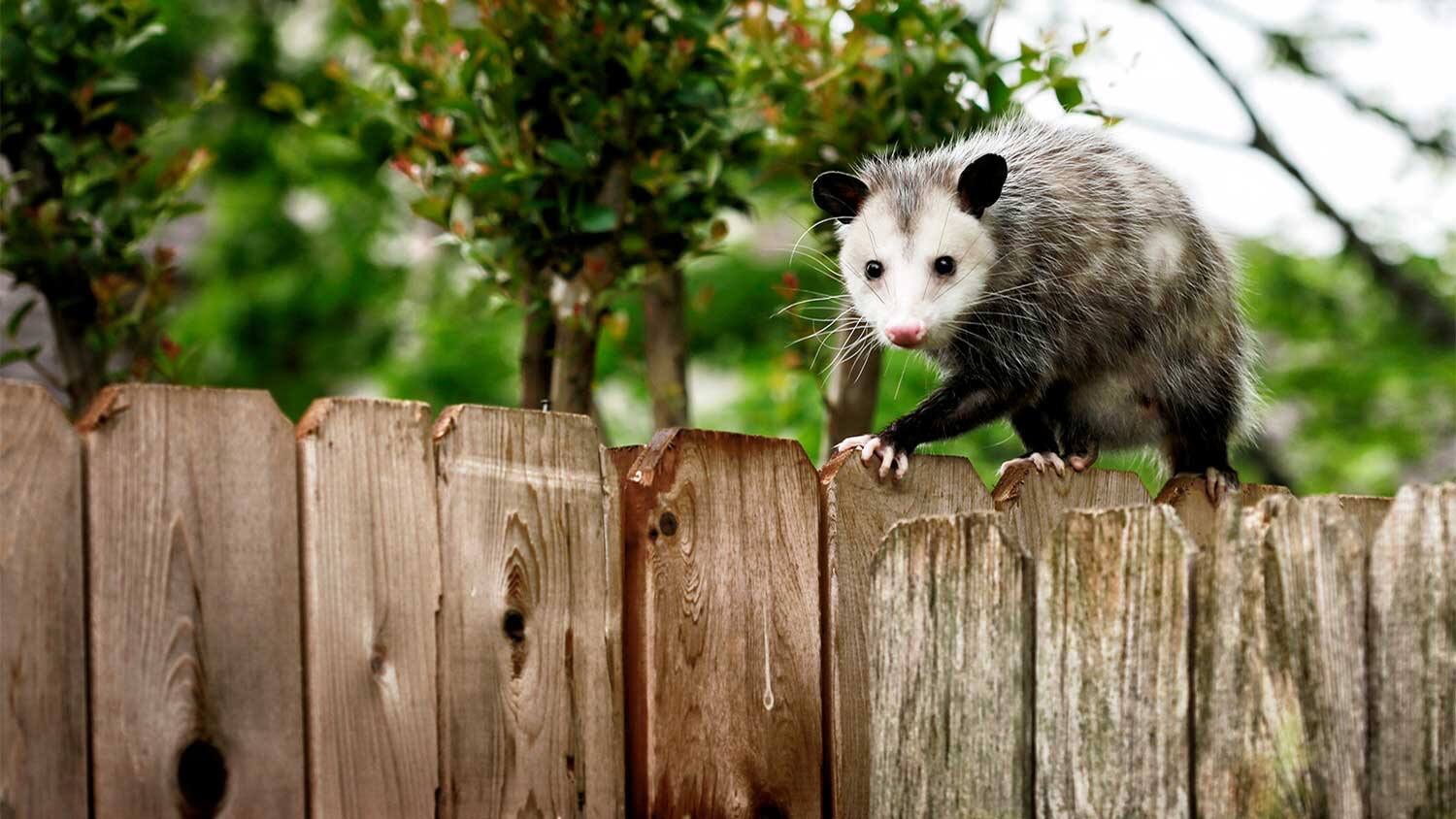
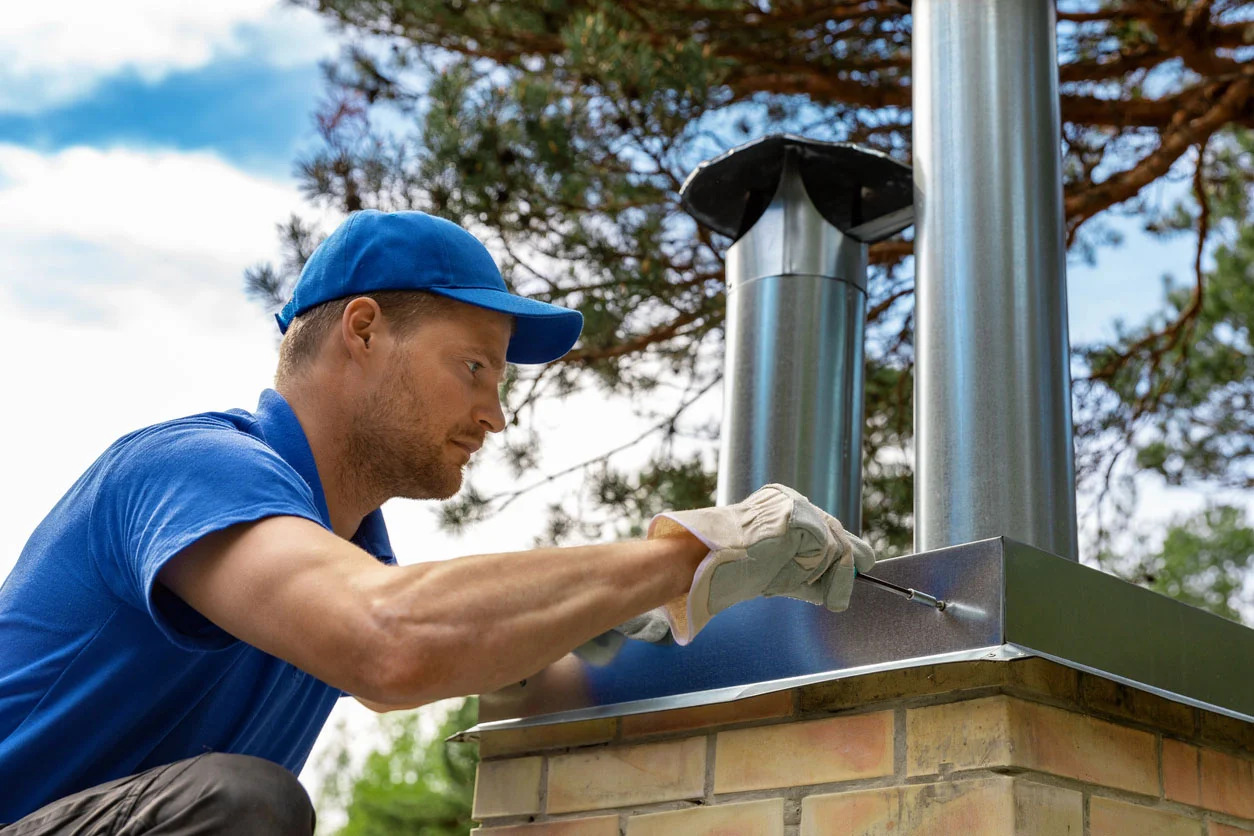
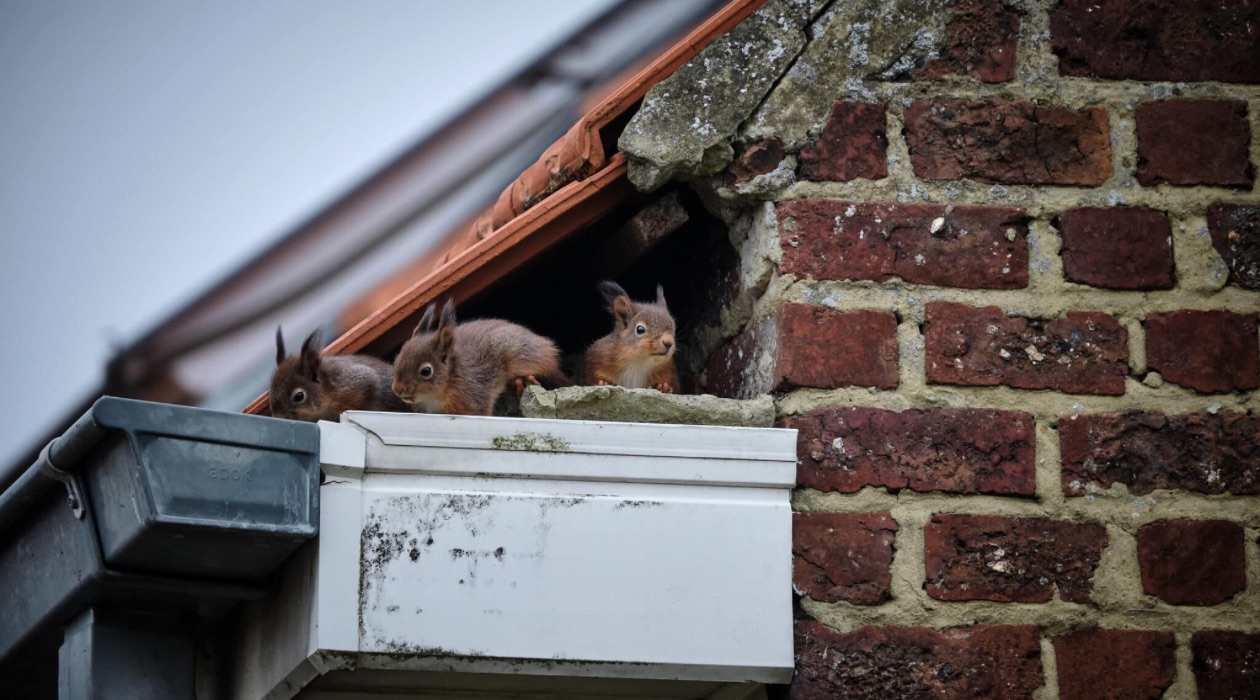
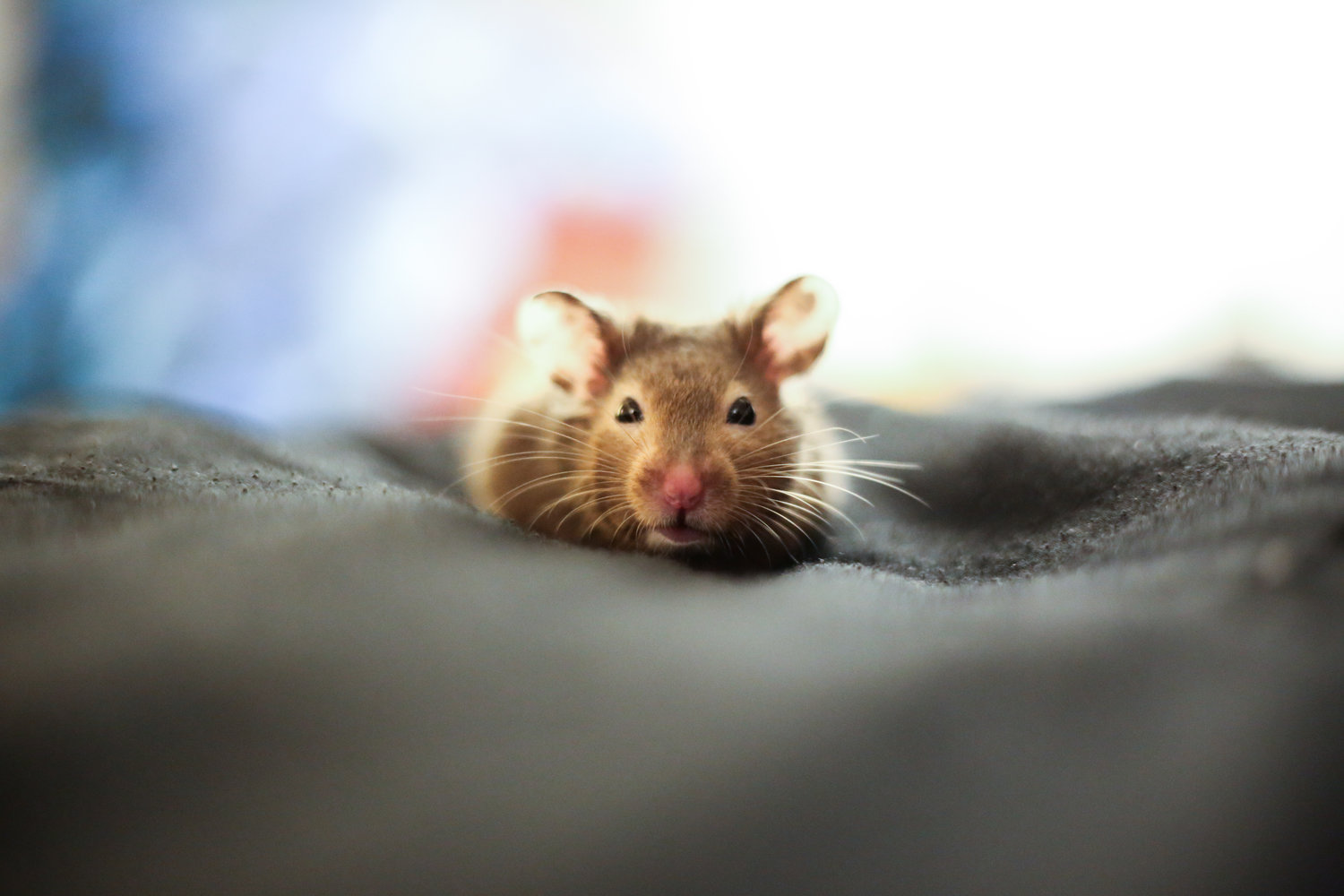
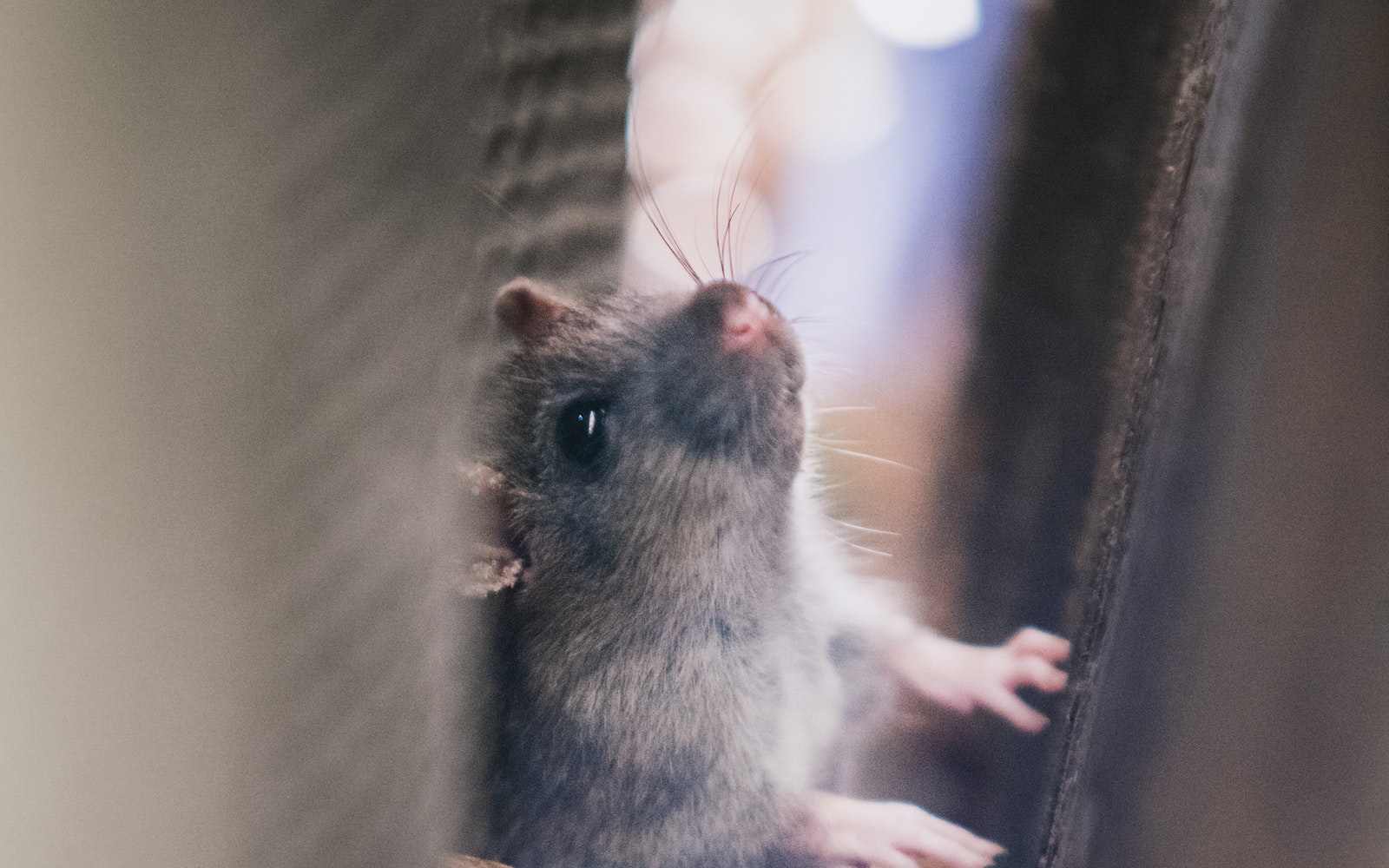
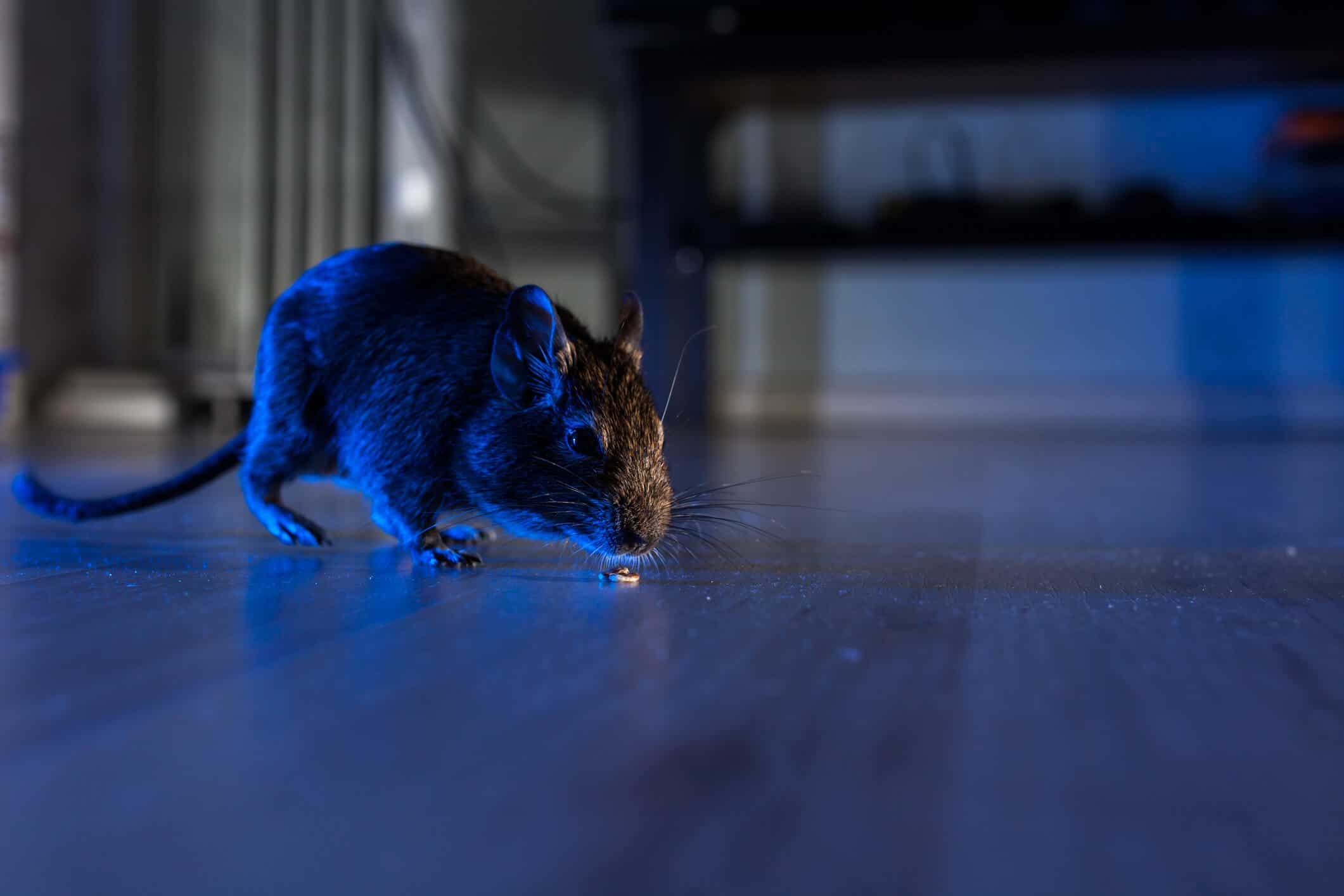
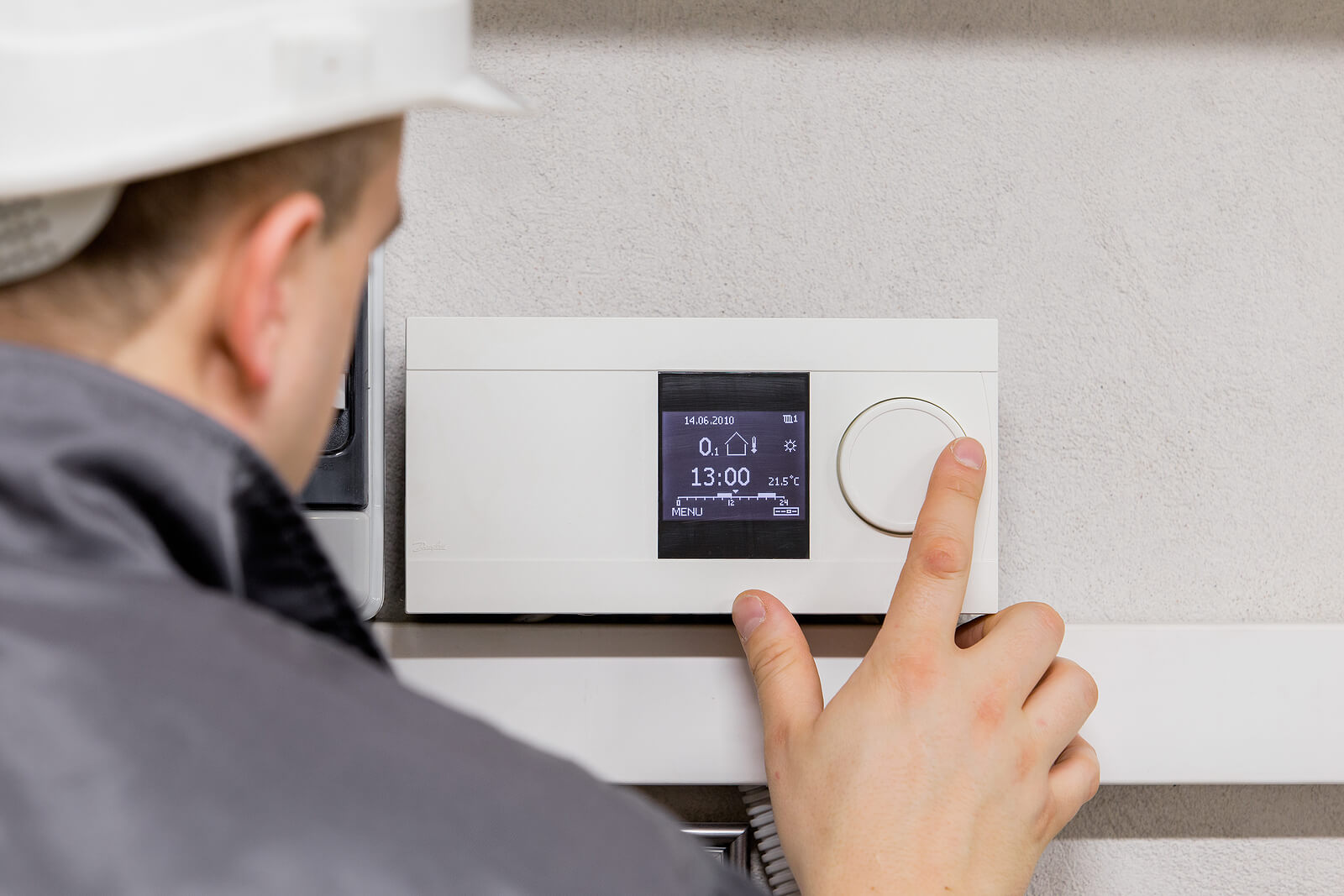
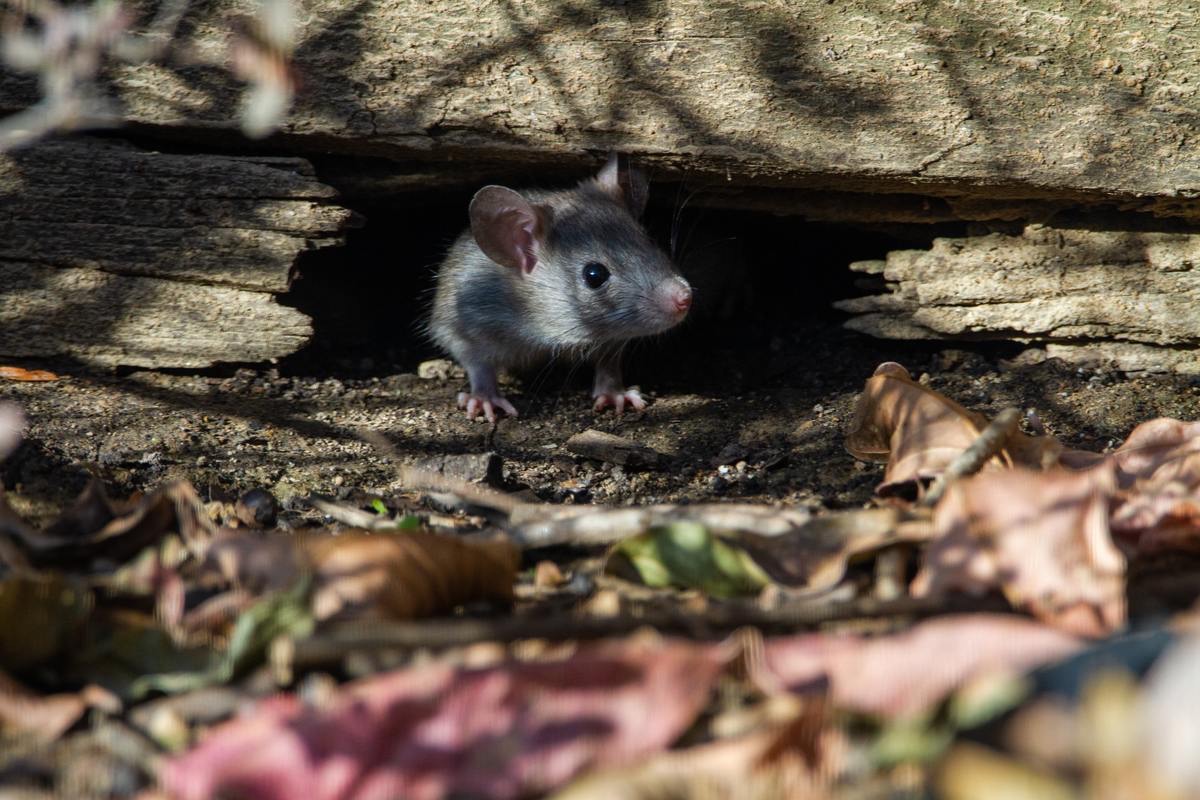
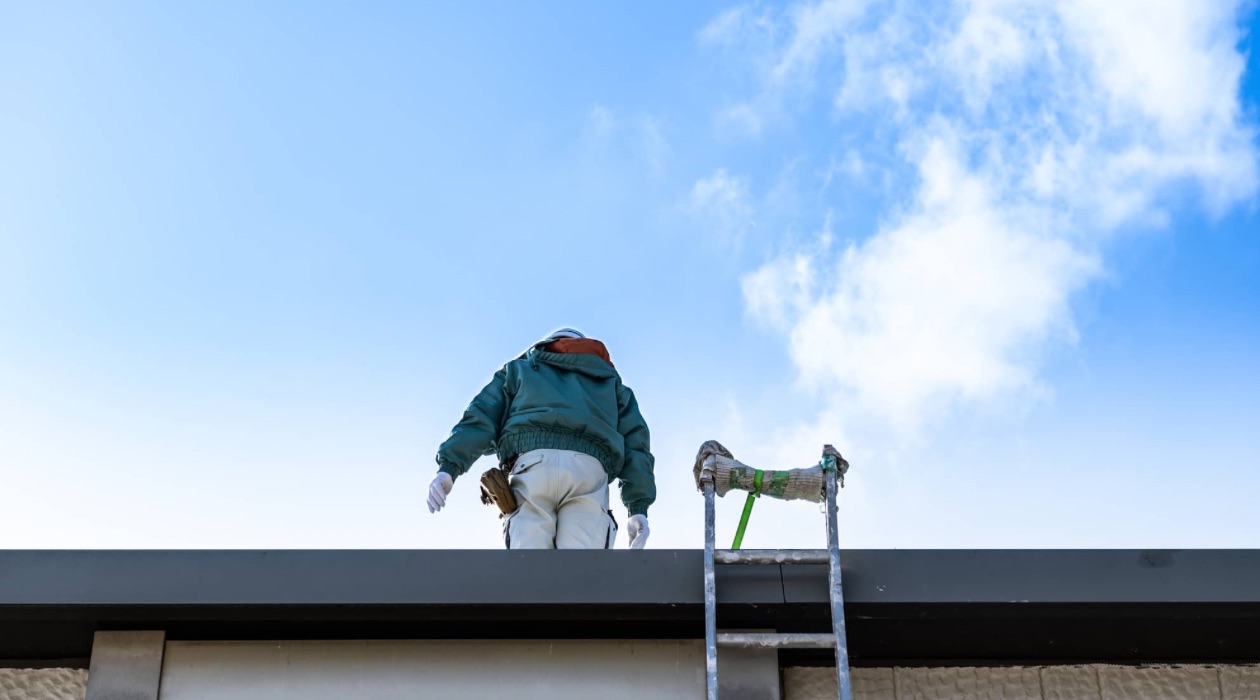
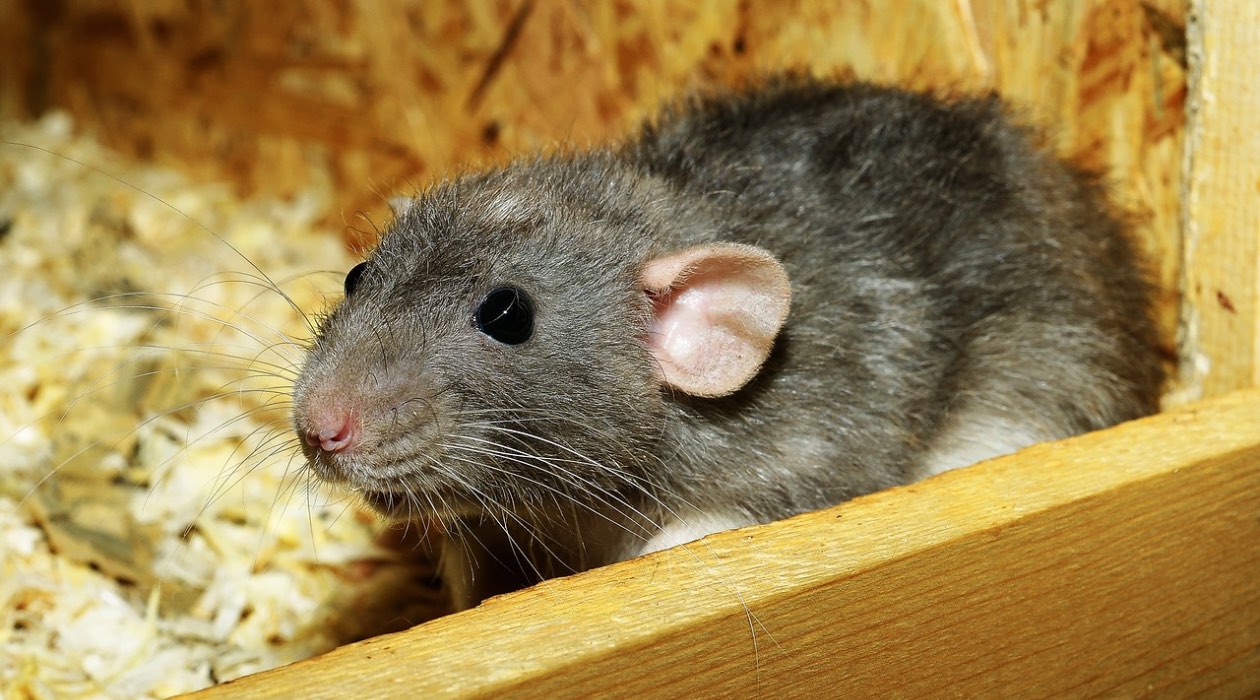

0 thoughts on “Who To Call When You Find An Animal In The Attic”